Spotlight: Peggy Baker
Peggy Baker sits at a table, her hands on her face, her eyes focused on the rehearsal in front of her. The stage manager’s table is organized with scrap paper, Dr. Bronner’s Lavender Organic Hand Sanitizer, knee pads, nuts, candies and chocolates, a box of tissues, Arnica Muscle and Joint Gel, a laptop, a day planner and a Starbucks reusable cup. She watches a company of dancers as they finish a run of who we are in the dark. When they finish, most of the dancers lay strewn across the floor with only Sarah Fregeau left on her feet, the air in the room settles until Baker speaks: “I can’t believe you guys did that on the first day!”
The artists are back in rehearsal for Baker’s upcoming show, who we are in the dark, premiering during the Canadian Stage 2018/19 season. This is the first rehearsal in over a month. Baker says they have been developing the piece on and off for about two and a half years; a common workflow in contemporary dance. According to the timer on Baker’s table, the run lasted exactly one hour.

who we are in the dark comes from a duet that Baker and Sarah Neufeld, of Arcade Fire, created in 2015, for the inaugural season of Fall for Dance North. The duet was set to a song that Neufeld had composed for an upcoming solo album, but she wrote a new prologue that began with the lyrics “who we are in the dark.” Those words are the guts of their new work.
The dancers and musicians build the work by creating an ambient landscape, with moments of softness and moments of animal ferocity. Kate Holden and David Norsworthy dance a fluid duet in and around each other. Later, the group appears as a pack; Sahara Morimoto (who shares a role with Nicole Rose Bond) snarls and crawls across the stage. With Norsworthy, Benjamin Kamino and Jarrett Siddall dance in and out of unison in a precise trio. Composers Neufeld and Jeremy Gara, also of Arcade Fire, perform live music: Neufeld on violin and Gara on drums.

“It’s really hard to describe Peggy in just a short sentence,” Neufeld says to Gara. “Do you have short sentence to describe Peggy?”
“What was the word that really stuck, you said she was what?” Gara says.
“I said sharp?” Neufeld says.
“Grateful?” Gara says.
“Grateful, yeah. And it’s this palpable feeling of wide encompassing gratitude,” Neufeld says.
Baker says that what Neufeld wrote is an incredible entry point for a full-length work because it questions everyone. “You right away want to ask yourself, who am I in the dark? Who am I in my intimate life? Who am I with things I’m afraid to share with other people?” These questions, and more, echo through Baker’s interactions with the dancers. As they work through their process, Baker observes with quiet intensity.
Kate Holden, who has been dancing with Baker the longest, often acts as a sort of rehearsal director. No one has officially been assigned this role. Baker says these dancers work better this way—someone will step up as leader when it’s naturally their time. Mairi Greig also fits comfortably in this role. Kamino asks Holden for clarification on a certain timing. “Which is super dramatic, it’s going to be great,” Kamino says when Holden offers a suggestion. “I am nothing but dramatic,” Holden says, laughing with the company.
The group can also be heard calling out words or short phrases while they are running through the choreography. They pull at their necks: creepy neck. They run through each other: mesh. They seem to have built their own score of words to follow, just as Baker has. “Making work no longer using my own body in action as the source,” Baker says, “I’ve needed to develop new tools.” Words and short phrases spark who we are in the dark, text that Baker has made into a movement score. Her score is a stack of paper; words penciled in light cursive down one side, and her “kinetic responses” down the other. In studio, she describes the kinetic responses to the dancers, in different words, to guide their improvisation, ultimately building the final piece.

Baker has developed her tools after an illustrious career in Toronto and New York City. In 1974, she was a founding member of Dancemakers in Toronto, before leaving to New York to dance in the Lar Lubovitch Dance Company for ten years. She then toured with the White Oak Dance Project with choreographer Mark Morris, alongside Mikhail Baryshnikov for a year. “I really loved it,” Baker says, “but when the tour finished, I realized I didn’t want to be in a company anymore, and I can really say that Misha (Baryshnikov) was a model there because he had just taken charge of his creative life.” In 1990, Baker moved back to Toronto and started Peggy Baker Dance Projects.
“I really felt that I was bringing my dancing life to a conclusion,” Baker says. “I also wanted to go into a studio by myself and find out what I would do if nobody was telling me what to do.” But twenty years later, Baker is still performing, mostly commissioned, solos. For the past eight years, Baker has been making choreography for small ensembles. “I hit a turning point in my life,” Baker says, “and I, again, had a curiosity now, not about what I would do by myself in the studio, but what would happen if I set other people in motion using some of the tools and devices and methods that I had used for myself.” who we are in the dark is one of Baker’s biggest projects to date.

The dancers are sprawled across the studio, drinking water, stretching, rolling around on foam rollers, and waiting for notes. Neufeld and Gara silently take their leave; they have also just performed for an hour. “I’m jealous,” Baker says about dancing with the musicians. “No, I shouldn’t say jealous. I don’t want to go there with dancers.” The group chuckles and the company discusses the difference between jealousy and envy. “I just can’t imagine,” Baker says, “how wonderful it is.”
When reflecting back on her “really, really magnificent” experiences as a dancer and choreographer over several decades, Baker is overcome with gratitude. “I had such extraordinary opportunities as a dancer,” Baker says. “I danced all over the world and was in great work, and I -” she pauses and looks at her hands, “aspire to be able to provide that for the people that work for me.”


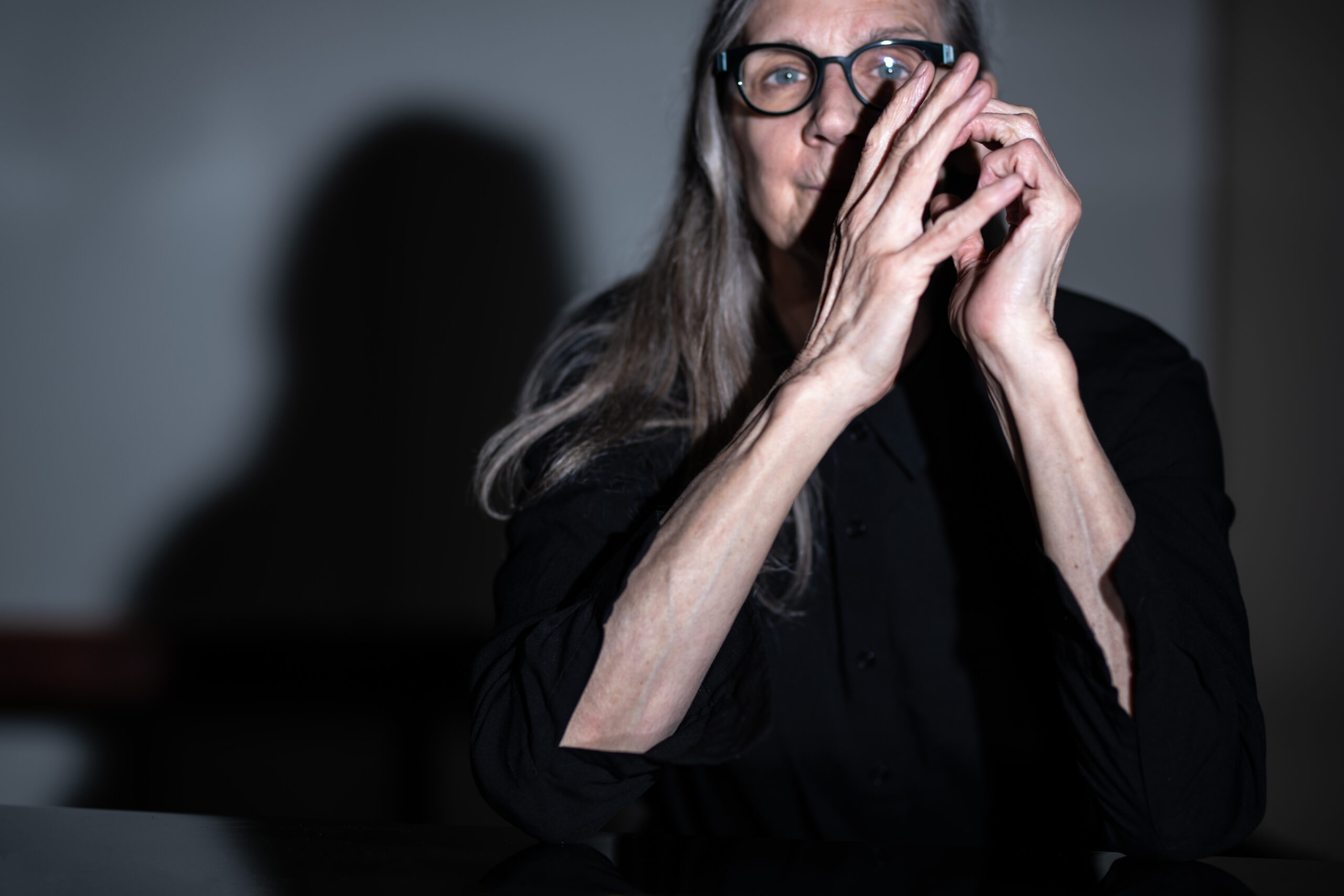
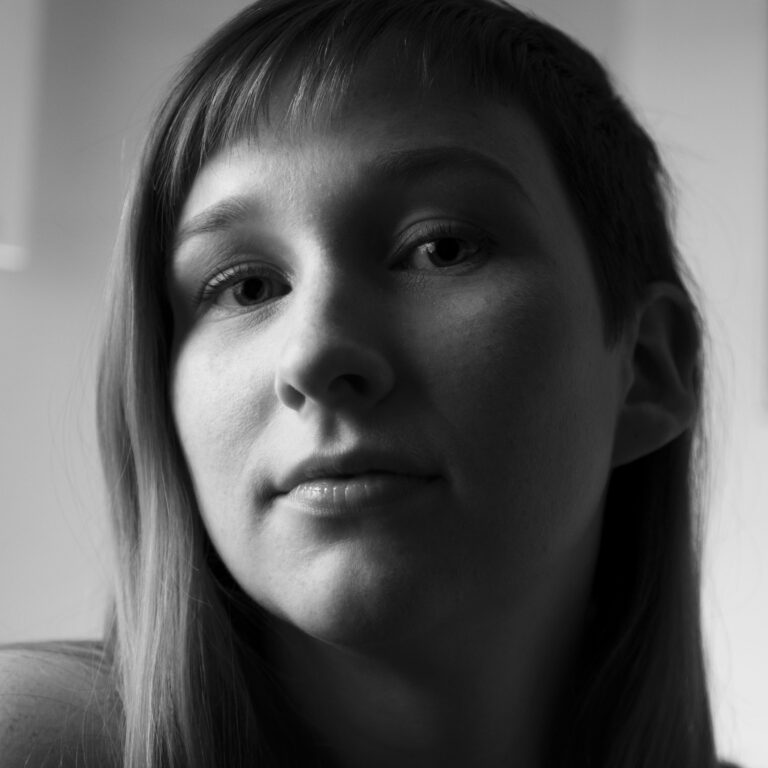
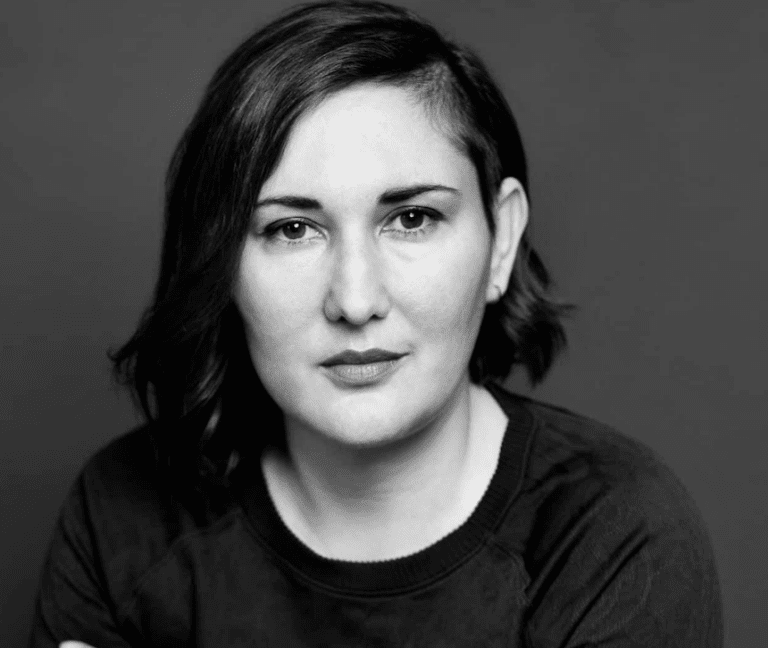
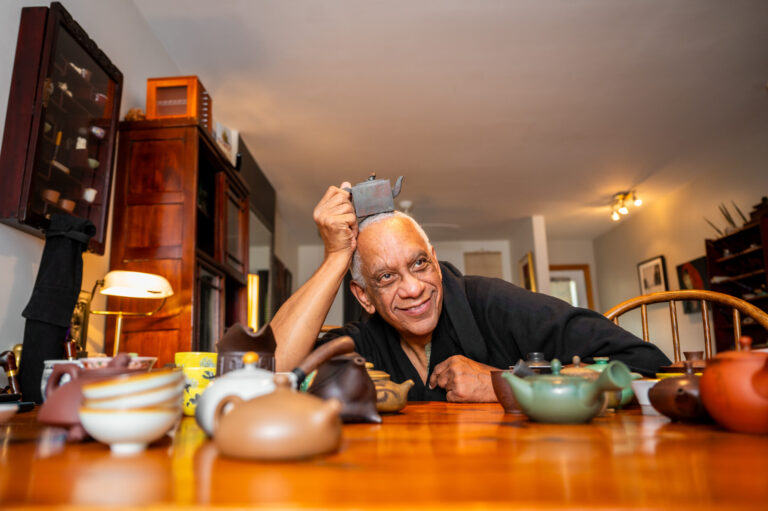
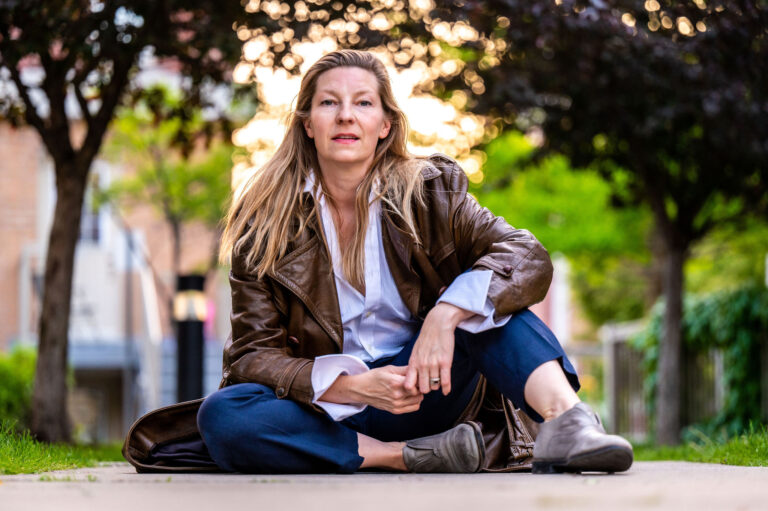
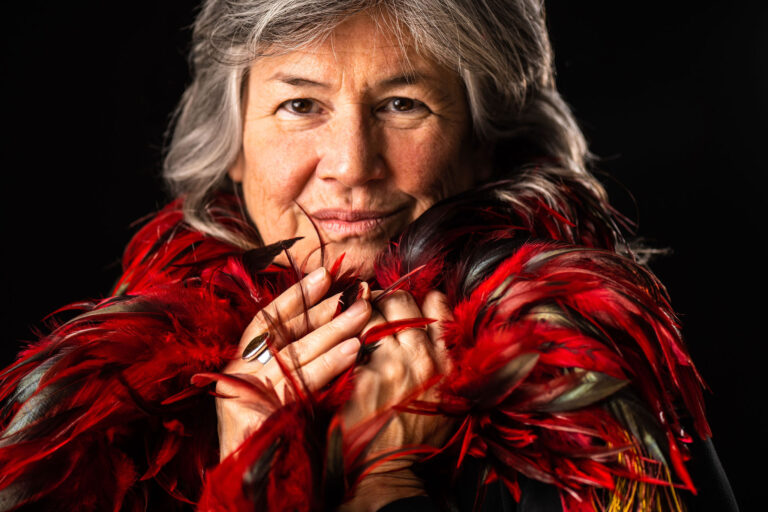
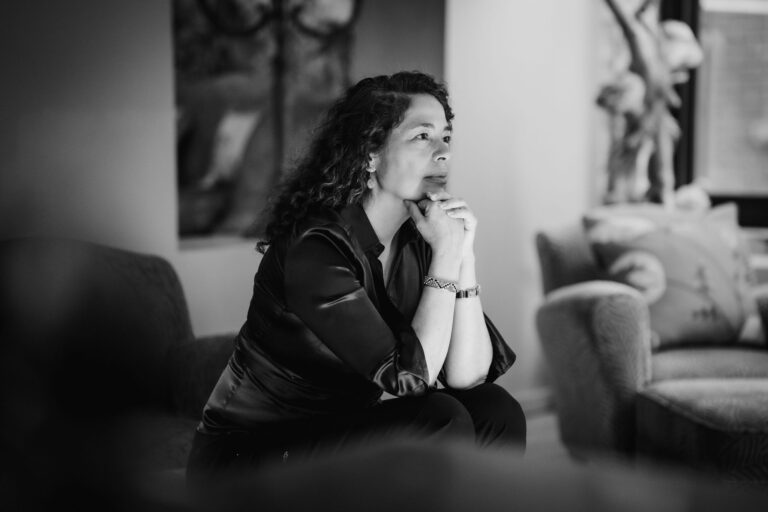
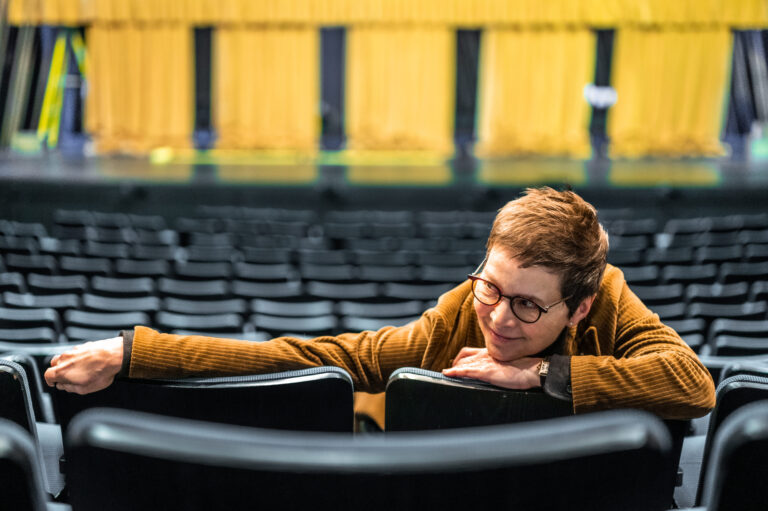
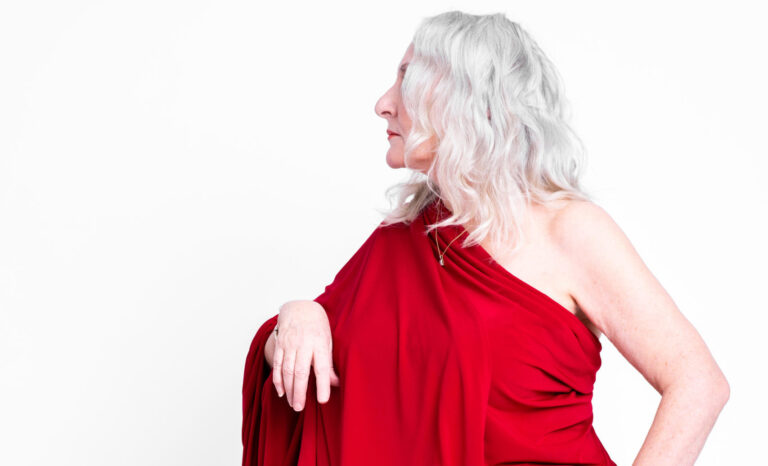
Comments